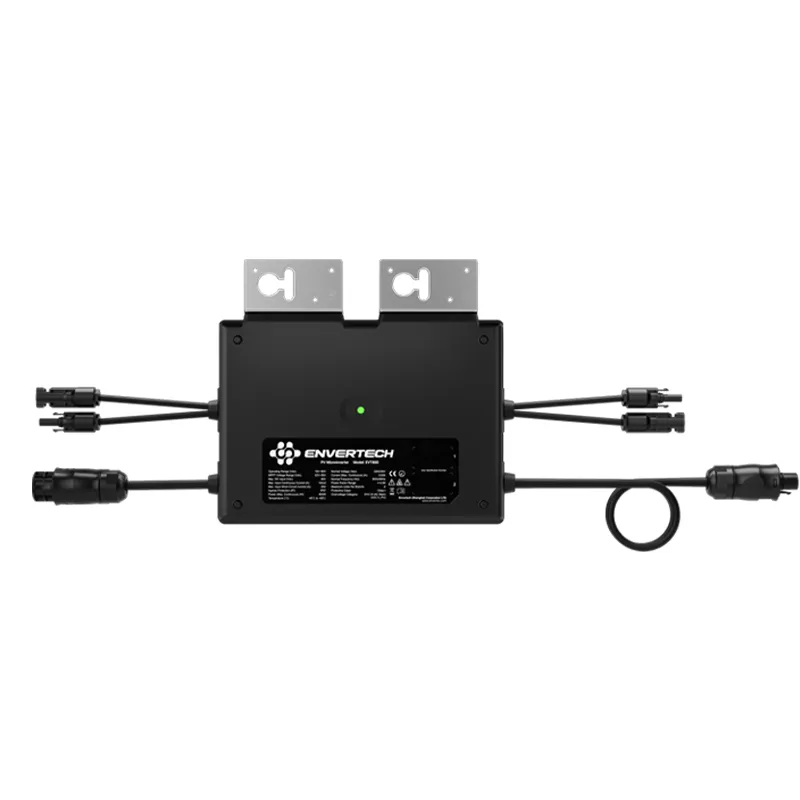60 cell solar panel size
The Significance of 60 Cell Solar Panel Size in Renewable Energy
As the world shifts towards renewable energy sources to combat climate change, solar power stands out as one of the most promising alternatives. Among the various technologies available, solar panels play a crucial role in converting sunlight into electricity. One particular aspect that has garnered attention is the size of solar panels, particularly those designed with 60 cell configurations. Understanding the implications of the 60 cell solar panel size can provide insights into efficiency, space requirements, and energy output.
A 60 cell solar panel typically measures approximately 1.65 meters by 1 meter, making it a compact option for residential and commercial installations. This size is frequently chosen for its balance between efficiency and space. The panel consists of 60 photovoltaic cells arranged in a grid pattern, which allows for optimal light absorption and energy conversion. Each cell is capable of producing energy when exposed to sunlight; thus, the configuration of 60 cells offers a substantial amount of power in a manageable size.
One of the primary advantages of the 60 cell solar panel size is its efficiency in energy production. Solar panels are rated based on their efficiency levels, which indicate the percentage of sunlight that can be converted into usable electricity. High-efficiency panels can reach efficiency ratings of over 20%, meaning that they can generate more power per square meter compared to lower-efficiency models. This efficiency is crucial for homeowners and businesses aiming to maximize their return on investment in solar technology.
60 cell solar panel size

Another important factor to consider is the space requirement. Many residential roofs may not have enough area to accommodate larger solar panels, which often come in 72 cell configurations. The 60 cell solar panel is an optimal choice for these situations due to its smaller footprint. Homeowners can install these panels without making extensive alterations to their roofs or surrounding areas, thereby maintaining the aesthetics of their property while contributing to renewable energy generation.
Moreover, the market for 60 cell solar panels is well-developed, with many manufacturers producing various models to meet different needs and budgets. This competitive environment not only drives down costs but also encourages innovation in terms of panel design and technology. For consumers, this means a wide array of options that cater to varying energy demands and financial considerations.
However, it’s essential to acknowledge that while 60 cell solar panels are efficient and space-saving, they may not be the best option for every application. For instances requiring significant power, such as large commercial installations, 72 cell panels might be more suitable due to their greater energy output. Therefore, potential buyers should assess their specific energy needs, space availability, and budget when selecting the appropriate solar panel size.
In conclusion, the 60 cell solar panel size offers a practical and efficient solution for solar energy generation, especially for residential and small commercial applications. Its compact design, coupled with decent efficiency ratings, makes it an appealing choice for those who wish to harness solar power without sacrificing too much space. As technology continues to evolve, solar panels are likely to become more efficient and affordable, making them an integral component of a sustainable energy future. Embracing such advancements is crucial for individuals and businesses alike in the quest to reduce carbon footprints and promote renewable energy sources worldwide.
-
String Solar Inverter: The High-Efficiency Solution for Smart Solar EnergyNewsJul.14,2025
-
Revolutionizing Rooftop Energy with the Power of the Micro Solar InverterNewsJul.14,2025
-
Power Independence with Smart Off Grid Solar Inverter SolutionsNewsJul.14,2025
-
On Grid Solar Inverter: Powering the Future with Smart Grid IntegrationNewsJul.14,2025
-
Monocrystalline Solar Panels: High-Efficiency Power for the Future of Clean EnergyNewsJul.14,2025
-
Bifacial Solar Panel: A Smarter Investment for Next-Generation Energy SystemsNewsJul.14,2025







